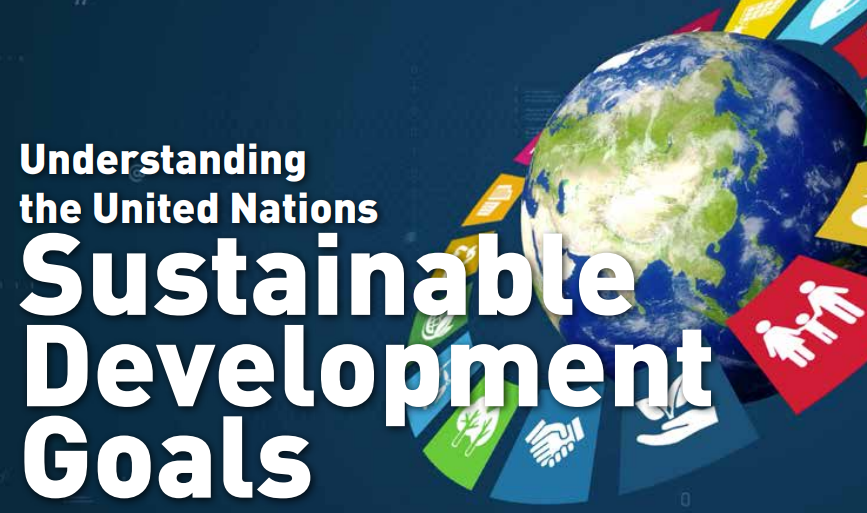Understanding the United Nations Sustainable Development Goals

The 17 Sustainable Development Goals (SDGs) adopted by United Nations (UN) members in 2015 are essential in ensuring we meet the needs of the current generation without compromising the needs of future generations. These global goals provide a pathway for an inclusive environment that ensures no one is left behind. Like all goals that should be timely, the target is to achieve these goals by 2030. This period has been termed the decade of action, where governments, bodies, and institutions are working hard to achieve these goals in the remaining eight years. To achieve these goals, a deliberate choice has to be made in adopting any of the SDGs.
However, a gap exists in the awareness and adoption of the SDGs. While some institutions are rushing to adopt almost all the SDGs and others half of them, their implementation, measurement and progress tracking can be challenging. We are in a state where sustainability is still a fresh topic, and people are still wrapping their minds around it. The adoption of three SDGs as an institution does not imply inability, it means that concerted effort will be directed towards achieving these goals, which makes it easier to monitor, track and report on progress.
Key Principle Indicators (KPIs) and targets are tied to each SDG, which acts as a performance measurement for evaluating impact. SDG 1: No Poverty, was adopted to eradicate extreme poverty by 2030. It has seven targets and 14 indicators. Target number 1 for this goal, to mention but a few, is to eradicate extreme poverty for everyone, currently measured as people living on less than $1.90 a day.
The KPI that measures the performance of this target is indicated by an increase in the number of people accessing social protection; have access to jobs that earn them higher returns than the limit set in a day; ability to access services such as education and good hospitals; the number of MSMEs thriving in an economy, and so much more.
The performance indicators for this SDG indicatel activities that can be undertaken to ensure people have the capacity to access the income that supports their households and steers socio-economic development. Therefore, adopting this goal by the private and the public sector would mean that each institution would work towards uplifting the lives of communities by empowering them to access job opportunities and resources essential for business growth, hence promoting a global realisation of this goal.
Ensuring Peace, Justice and Strong Institutions (SDG 16) ahead of the General Election
Based on records of past elections in international, regional and national setups, there have been cases of post-election violence. As witnessed in the 2007 elections in Kenya, post-election violence shook the country as businesses ground to a halt, foreign investments froze, properties were destroyed, and lives lost. A similar scenario was also witnessed in 2017, where serious human rights violations occurred, including unlawful killings and beatings.
The government, institutions and individuals have a pivotal role to play in ensuring peace and justice in our communities. To achieve this goal, we need to establish partnerships, and integrated solutions, take charge and lead in reshaping the institutional and social landscape, and prepare grounds for important reforms that help build sustainable peace. One of the ways in which Kenyan institutions and individuals can ensure stability during the elections is through social media posts that promote peace, and encouraging communities to advocate for peaceful elections. The government alone cannot ensure we have peaceful elections; every one of us must stand out and be counted. We are one country, one people; let’s conduct our elections in a just way and let’s promote peaceful elections.

